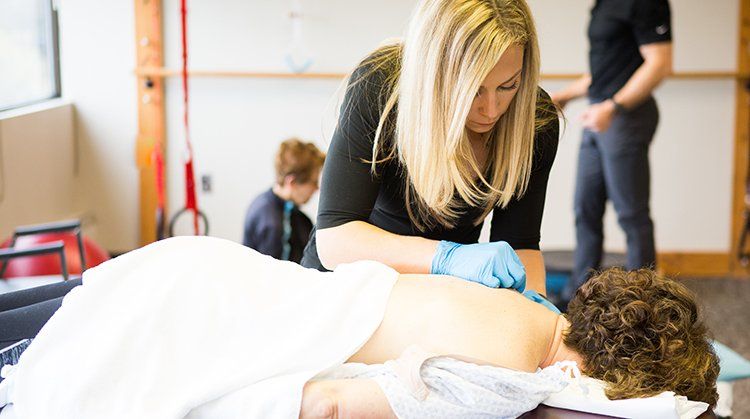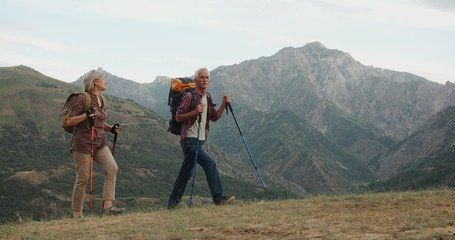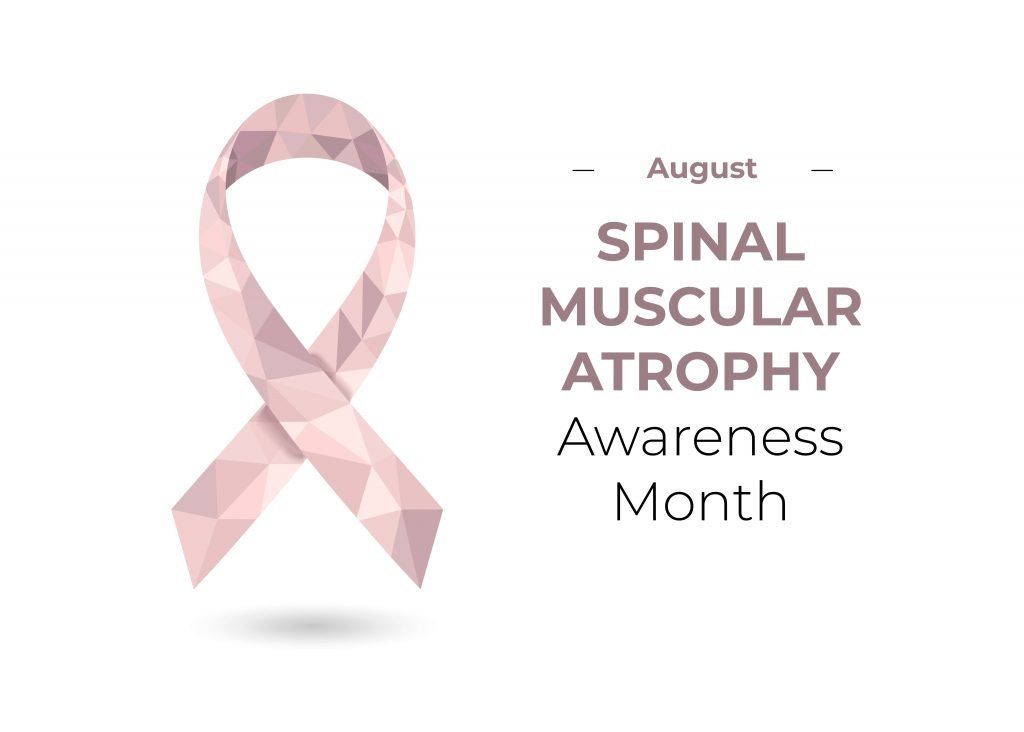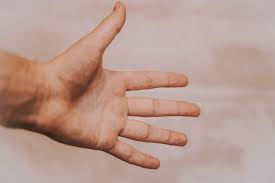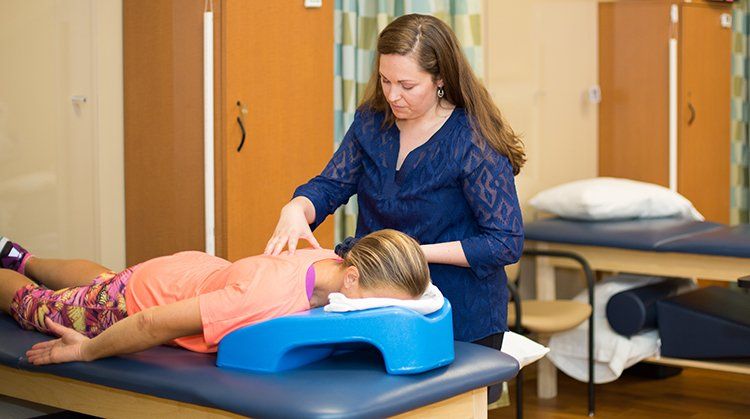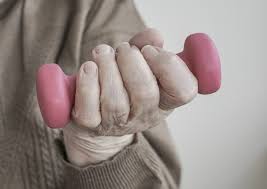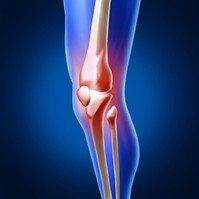Physical Therapist's Guide to Osgood-Schlatter Disease
Physical Therapist's Guide to Osgood-Schlatter Disease
Osgood-Schlatter disease (OS) is an overuse injury causing pain in the knee area and often a visible growth just below the kneecap. The development of OS is most often a consequence of excessive stress to the front of the knee during periods of rapid skeletal growth. Because adolescents typically experience the greatest rate of skeletal growth, this population is most commonly affected by OS. The condition can be effectively treated by a physical therapist.
What is Osgood-Schlatter Disease?
Osgood-Schlatter disease occurs when there is irritation to the top, front portion of the shin bone (tibia) where the tendon attached to the kneecap (patella) meets the shin bone. It occurs when there is an increased amount of stress placed upon the bones where the tendons attach. This is most often the result of increased activity levels by an adolescent athlete.
Our musculoskeletal system is made up of bones and surrounding soft tissue structures, including muscles, ligaments (which connect bone to bone), and tendons (which connect muscle to bone). These structures all play a role in helping us move.
During adolescence our bodies grow at a rapid rate. As our bodies develop, our bones are growing longer. Throughout this phase, our growth plates (epiphyseal plates) are susceptible to injury. A growth plate is the site at the end of a bone where new bone tissue is made and bone growth occurs. Females typically experience the most rapid growth between approximately 11 to 12 years of age, and males typically experience this growth surge between approximately 13 and 14 years of age. Males experience OS more frequently than females, likely due to an increased rate of sports participation.
Structures in our body might become irritated if they are asked to do more than they are capable of doing. Injuries can occur in an isolated event, but OS disease is most likely the cumulative effect of repeated trauma. OS is most frequently experienced in adolescents who regularly participate in running, jumping, and "cutting" (rapid changes in direction) activities.
When too much stress is present (ie, from rapid growth) and when the body is overworked (ie, either too much overall volume of exercise, or too much repetition), the top of the shin can become painful and swollen. As this condition progresses, the body’s response to bone stress can be an increase in bone production; an adolescent may begin to develop a boney growth that feels like a bump on the front of the upper shin.
OS can start as mild soreness, but can progress to long-lasting pain and limited function, if not addressed early and appropriately.
How Does it Feel?
With Osgood-Schlatter, you may experience:
- Gradually worsening pain below your knee, at the top of the shin bone.
- Pain that worsens with exercise.
- Swelling and tenderness at the top of the shin.
- A boney growth at the top of the shin.
- Loss of strength in the quadriceps muscle (connecting the hip to the knee).
- Increased tightness in the quadriceps muscle.
- Loss of knee motion.
- Discomfort with daily activities that use your knee, like kneeling, squatting, or walking up and down stairs.
How Is It Diagnosed?
Diagnosis of OS begins with a thorough medical history, including specific questions regarding athletic participation (sports played, frequency of practices/games, positions). Your physical therapist will assess different measures, such as sensation, motion, strength, flexibility, tenderness, and swelling. Your physical therapist will perform several tests specific to the knee joint, and may ask you to briefly demonstrate the activities or positions that cause your pain, such as walking, squatting, and stepping up or down stairs.
Because the knee and hip are both involved in these aggravating activities, your physical therapist will likely examine your hip as well. Other nearby areas, such as your feet and core, will also be examined to determine whether they, too, might be contributing to your knee condition.
If your physical therapist suspects there may be a more involved injury than increased stress-related irritation (ie, if there is a recent significant loss of motion or strength, or severe pain when the knee is moved), your therapist will likely recommend a referral to an orthopedic physician for diagnostic imaging, such as ultrasound, x-ray, or MRI.
How Can a Physical Therapist Help?
Once other conditions have been ruled out and OS is diagnosed, your physical therapist will work with you to develop an individualized treatment plan tailored to your specific knee condition and your goals. The goal of physical therapy is to accelerate your recovery and return to pain-free activity. There are many physical therapy treatments that have been shown to be effective in treating OS, and among them are:
Range of Motion Therapy. Your physical therapist will assess the motion of your knee and its surrounding structures, and design gentle exercises to help you work through any stiffness and swelling to return to a normal range of motion.
Strength Training. Your physical therapist will teach you exercises to strengthen the muscles around the knee so that each muscle is able to properly perform its job, and stresses are eased so the knee joint is properly protected.
Manual Therapy. Physical therapists are trained in manual (hands-on) therapy. If needed, your physical therapist will gently move your kneecap or patellar tendon and surrounding muscles as needed to improve their motion, flexibility, and strength. These techniques can target areas that are difficult to treat on your own.
Pain Management. Your physical therapist may recommend therapeutic modalities, such as ice and heat, or a brace to aid in pain management.
Functional Training. Physical therapists are experts at training athletes to function at their best. Your physical therapist will assess your movements and teach you to adjust them to relieve any extra stress on the front of your knee.
Education. The first step to addressing your knee pain is rest. Your physical therapist will explain why this is important and develop a plan for your complete rehabilitation.
Can this Injury or Condition be Prevented?
Fortunately, there is much that can be done to prevent the cascade of events that lead to OS. Physical therapists focus on:
- Educating coaches, parents, and athletes on guidelines for sports participation, explaining common causes of overuse injuries, and providing strategies for prevention.
- Educating athletes on the risks of playing through pain.
- Scheduling adequate rest time to recover between athletic events.
- Tracking a young athlete’s growth curves (height, weight, BMI) to identify periods of increased injury risk.
- Developing an athlete-specific flexibility and strengthening routine to be followed throughout the athletic season.
- Encouraging consultation with a physical therapist whenever symptoms appear.
MoveForwardPT.com, the official consumer Website of the American Physical Therapy Association, © 2017
Authored by Allison Mumbleau, PT, DPT, SCS. Reviewed by the MoveForwardPT.com editorial board.
